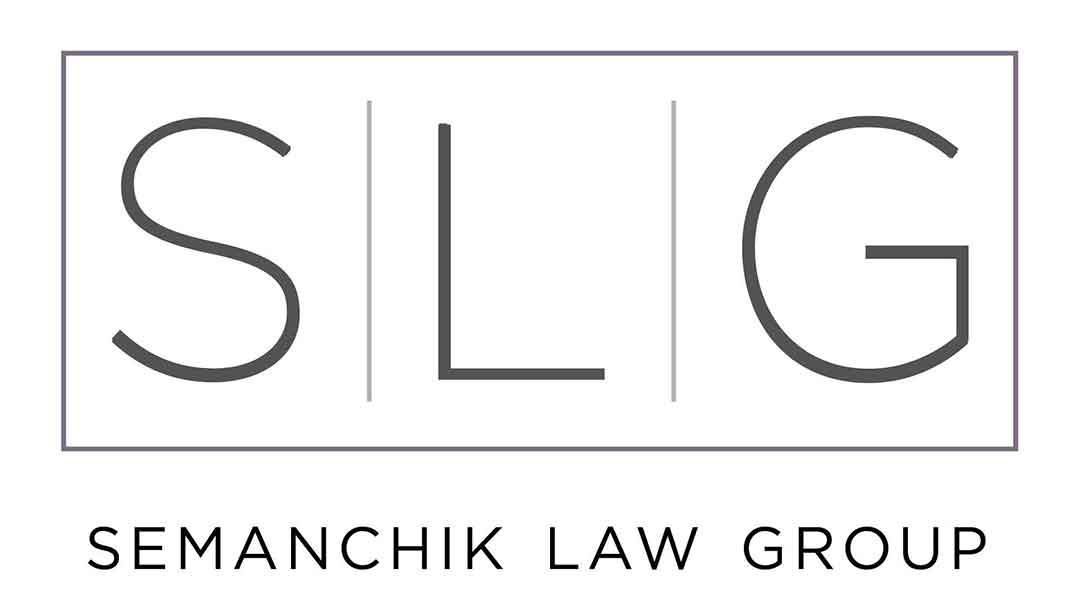An 83(b) election (here’s the code) can effectively accelerate your income tax and save you money by allowing equity you receive to be taxed before it is vested in a company, rather than after (we’ll talk more about what this means in practical terms in a moment). It can be an excellent option for people receiving equity subject to vesting (often in the form of restricted stock), as it allows you to be taxed at the time of grant instead of at vesting (when the equity becomes transferrable), which can decrease your taxable income and allow you to keep a larger portion of your profits — woohoo! That said, it’s a time-sensitive affair that isn’t available once the deadline has passed.
If you have questions about an 83(b) election and would like to speak to an experienced Business Attorney, reach out to Semanchik Law Group for a free consultation.
If you’ve ever been checking out at the grocery store and went to use a coupon, only to discover that it expired last week, you likely felt disappointed. The feeling of missing the deadline for an 83(b) deduction is similar, but instead of paying an extra $0.50 for a carton of Moose Tracks, you may be required to pay thousands of dollars more in taxes — ouch! Here, we’ll discuss in detail what an 83(b) election is (along with a practical example of how filing one can save you money), when and how it benefits you to file one, and how to go about filing your 83(b) election.
What Exactly Is An 83(b) Election?
In short, an 83(b) election is a formal letter you send to the IRS explaining that you want to be taxed on your equity before it vests, rather than after. We should note that the 83(b) election is only for stock that is subject to vesting, since stock that is already fully vested will be taxed at the time of the grant. If your equity is not yet vested at the time of grant (when you receive it), you have the option of filing an 83(b) election.
An 83(b) election allows you to essentially volunteer to pay taxes on your equity before it is vested, rather than after, allowing you to pay tax on a smaller dollar amount. To illustrate this, we’re going to provide two examples of how an identical amount of equity could be taxed: one that takes advantage of the 83(b) election, and one that does not. However, first we need to make a note about taxes where equity is concerned.
Some Background on Taxes: Ordinary Income v. Capital Gains Taxes
As you know, the United States uses graduated tax rates that vary based on income. The maximum ordinary income tax rate in 2018 is 37%, while the maximum long-term capital gains rate is 23.8%. These are maximum tax rates, and depending on your income you may be subject to lower rates; however, regardless of your tax bracket, the long-term capital gains rate will always be lower than the ordinary income tax rate.
Assuming you didn’t pay anything for your restricted stock or equity, you’ll be taxed on the value of that equity at the time of grant (if you filed an 83(b) election) or at the time of vesting (if you didn’t file an 83(b) election). You’ll be taxed at the applicable ordinary income tax rate for your tax bracket in either case. Later, when you go to sell your stock (provided it’s been more than one year from the date of grant or the date of vesting, depending on whether or not you filed an 83(b) election), the additional gain you make will be taxed at the appropriate capital gains rate.
The key here is this: because the long-term capital gains rate will be lower, it benefits you to have as much of your profit as possible taxed at that rate, rather than at the higher ordinary income tax rate. This is why the 83(b) election is so time-sensitive, as it hinges on the value of your equity at the time of grant.
Example 1: Using An 83(b) Election
For our purposes, let’s say you receive 100,000 shares of restricted stock. At the time of grant, this stock is worth $0.01 per share. At the time of vesting, it is worth $1.00 per share, and more than one year later (at which time you could consider selling it), it is worth $5.00 per share. For the sake of ease, we’ll assume you’re subject to both the maximum ordinary income tax rate and long-term capital gains rate, and we will not discuss the impact of employment or state taxes.
In this first example, you file an 83(b) election within thirty days of grant, when your stock is worth $1,000. You’ll pay the ordinary income tax on this amount, which is $370 (100,000 x .37). Since you filed an 83(b) election, you don’t have to pay tax a second time when the stock vests. This means that the rest of your gains will be taxed under the long-term capital gains rate at the time of sale.
When you decide to sell at the price of $5.00 per share at least one year from the date of grant, you’ll report a taxable gain of $4.99 per share (not $5.00, since you get credit for the original value of $0.01 per share you already paid income tax on). You’ll then pay the long-term capital gains tax of $118,762 (499,000 x .238), leaving you with an economic gain of $380,868 ($500,000 – $370 – $118,762).
Example 2: Without An 83(b) Election
In this example, you receive the same 100,000 shares of restricted stock at $0.01 per share, but you do not file an 83(b) election. While you don’t pay any tax at grant (since the shares are unvested), you recognize an income of $100,000 when the shares vest, meaning you’ll owe an ordinary income tax of $37,000 at the time of vesting. When you decide to sell the stock more than one year from the date of vesting (not the date of grant!), you’ll report a taxable gain of $4.00 (as before, you get credit for the $1.00 per share you already paid income tax on). You’ll pay an additional tax of $95,200 (400,000 x .238), making your economic gain after tax $367,800 ($500,000 – $37,000 – $95,200).
In This Example, Filing An 83(b) Election Saves You $13,068!
There are two other benefits to filing an 83(b) election: it prevented that $37,000 tax hit when the stock vested — after all you may not have that kind of cash on hand to pay the tax — and it sets the clock on your long-term capital gains holding period ahead so you can receive the capital gains rate as long as sale of your shares occurs more than a year after the date of grant — no waiting for the anniversary of the date of vesting to sell!
When Is An 83(b) Election Not Beneficial?
So, if 83(b) elections are so helpful, why doesn’t everyone file them? If you receive restricted stock worth a small amount, it virtually always makes sense to file one. But what if the stock from our example were valued $1.00 per share? In that instance, filing an 83(b) election would immediately cost you $37,000 in taxes. Furthermore, if the company were to subsequently fail (and especially if it fails before your stock vests), you would probably have been better off not having filed the election.
In short, discuss your decision with your tax advisor if the value of the equity at the time of grant is more than nominal. However, time is of the essence: the 30-day deadline is absolute and cannot be cured, so once it’s passed, the ship has sailed. Also, note that the date of grant of your restricted stock is usually the date the board approves the grant, even if you didn’t receive documentation until later. You may not have much time to make this decision and file, so be conscious of from the start.
How to File An 83(b) Election
The following instructions are meant for individual, US-based purchasers (other purchasers such as corporate or trust purchasers should contact a legal or tax professional in their jurisdiction to learn more about the impact of an 83(b) election for them), and it’s a good idea to contact your tax professional to look over your 83(b) election before filing. Again — we cannot stress this enough — your election must be filed within 30 days of the date of grant. Failure to file renders the election void and you will be required to pay income tax on the value of the equity at the time it vests.
- Make three copies (yes, 3!) of the completed and signed election form and one copy of the IRS cover letter.
- Send the original completed, signed election form and the cover letter, the copy of the cover letter, and a self-addressed envelope with postage to the IRS — the same place you would file your regular tax return. You must verify any address included in the forms online or by phone at 1(800)829-1040. We also recommend sending the election via certified mail and requesting a return receipt, with the additional step of writing the certified mail number on the cover letter. Take no chances!
- Give one copy of the completed election form to the Company.
- State law may require you to attach a copy of the completed election form to your state income tax return when you file for the year, if applicable. If you are unsure of whether to attach a copy of the election form, ask your tax professional.
- Retain one copy of the completed election form for your personal records.
This information is considered informative but is not considered legal advice. Of course, every situation is different and you should consult a legal or tax professional for advice about your particular situation.


